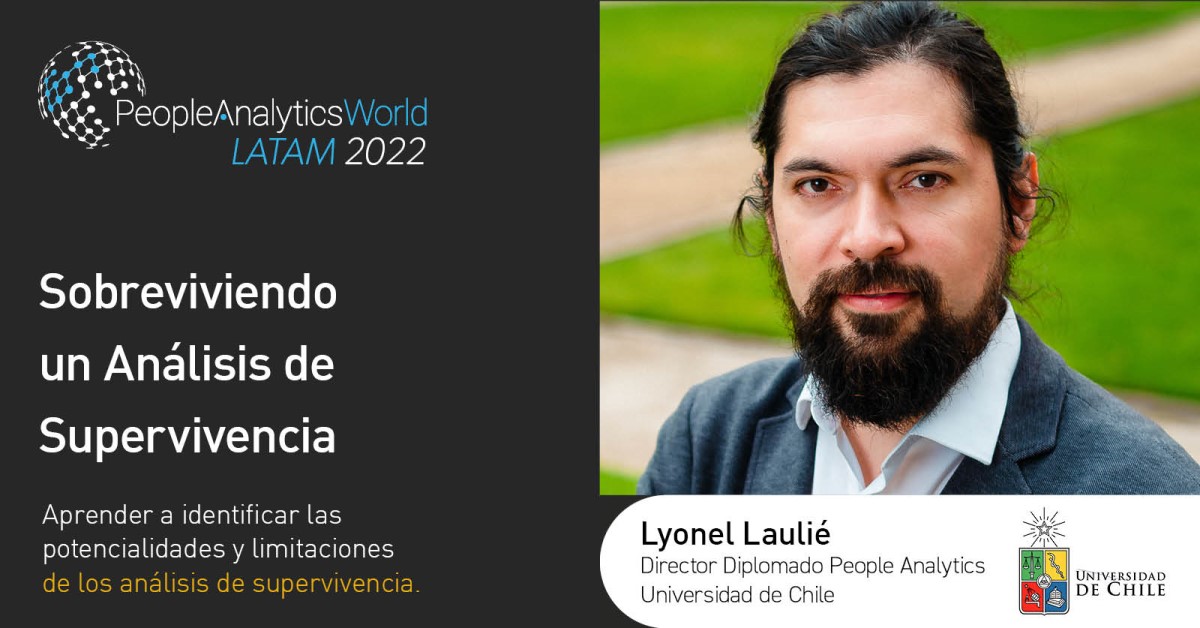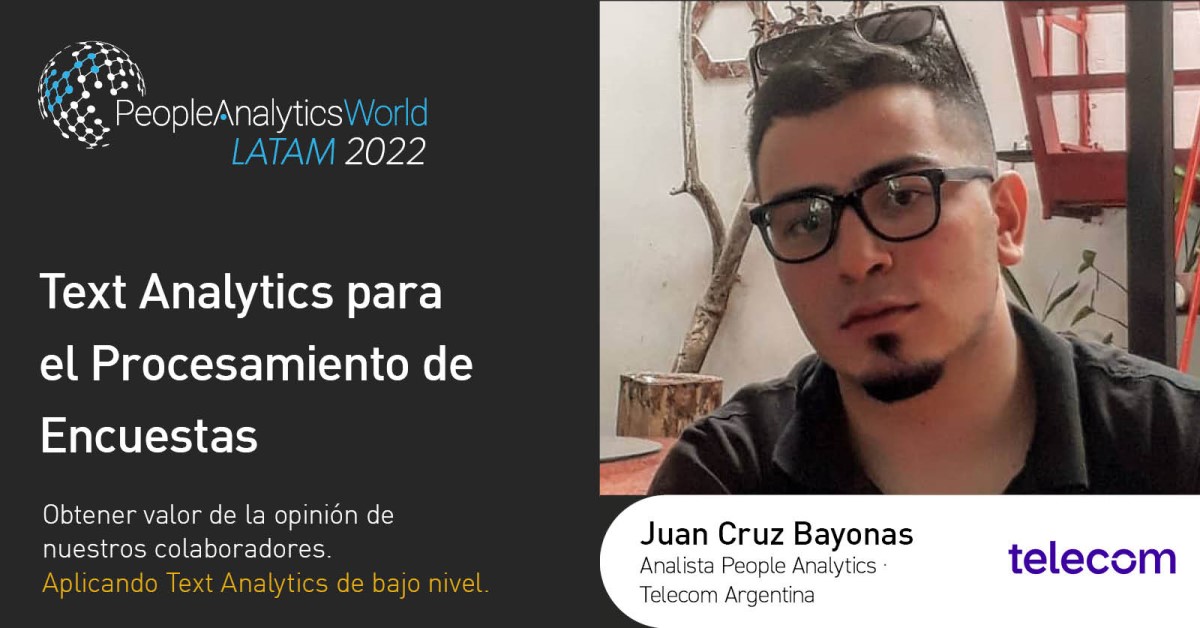Luka Babic
CEO and Co-founder
Orgnostic
Companies usually wait until they have 1,000+ employees before hiring people analytics experts and building a people analytics function. By that time, most companies create significant tooling and data debt, prolonging the time needed to get the insights from people data, sometimes by up to 18 months.
We’ll talk about the ideal time to start tracking people data, prerequisites you need to be aware of, and how to avoid death by spreadsheets in HR when you are a growing scale-up.
Interview hosted by Anita Lettink
Fast-growing start-ups usually have a limited number of people in HR teams; they are spread too thin with recruitment, retention, leadership development, performance management, and admin activities. That leaves little time and resources to work on building a data warehouse, connecting multiple sources of information, designing and sending surveys, and generally practicing people analytics. As a result, they tend to make decisions based on gut feeling and hearsay.
Interesting statistics coming from Deloitte’s recent “Scale-up” survey is that almost half of these companies fail before their fifth year of revenue due to poor organisation and people decisions. We are finally at the stage when digitalisation of the HR function and processes can start very early in the company life cycle, allowing companies to passively collect data and structure it well from very early days.
With the proper tooling architecture, people data that can help optimise recruitment processes, inform retention strategies, and reduce bias in decision making is available for companies even before they reach 100 people. The challenge is to reduce the friction of accessing and structuring that data in a scalable way, making it available and intelligible for as many HR teams as possible.
This conversation will explore:
- The problem of people analytics in growing scale-ups
- When to start with people analytics?
- What are the prerequisites to cover before moving on with people analytics?
- How can you skip spreadsheet and statistics work, and cut to the chase?
Learning outcomes:
- When to start with people analytics function, and what is the simplest way of doing it
- The key metrics to track when you are small and with a tendency to grow fast
- How to choose your HR tool, and the things to be aware of
- How to keep your data clean and keep the spreadsheet work on minimum, while still being able to get insights from your data without breaking the bank.
Sign up now to access this session and many more, both live and on demand:
Share this:
Luka Babic is the co-founder of the people analytics platform for fast-growing companies – Orgnostic. He is a Harvard graduate and former researcher, ex-CHRO at Infobip (from a startup to a unicorn), and a proud dad of two toddlers. With deep expertise in IO psychology and hands-on experience in leading and scaling HR functions in growing companies, he is currently on a mission to empower HRs across the globe to make better decisions using the power of data.
Anita was SVP Strategy & Alliances and member of the executive team at NGA Human Resources, a market leader offering innovative HR business solutions through outsourcing, consulting and technology. She worked at NGA HR from 2001-2020 and has an in-depth understanding of the industry.
Anita played a key role in growing NGA’s global presence through strategic selling, business development, establishing partnerships with market leading vendors and creating new offerings. She maintained close relationships with large, global customers and was the driving force behind the strategic HR2025 program. She also sponsored diversity & inclusion programs.
She is a strategic, multilingual business leader with global experience in people and workplace technology and in-depth knowledge of the HCM ecosystem. Anita drives a culture of innovation, based on values and diversity. She has led complex digital transformation initiatives that were critical to a company’s success.
Prior to NGA, Anita worked in business and technical roles for a variety of companies. She has lived in the United States and Germany, worked in many countries around the world and is based in the Netherlands.










